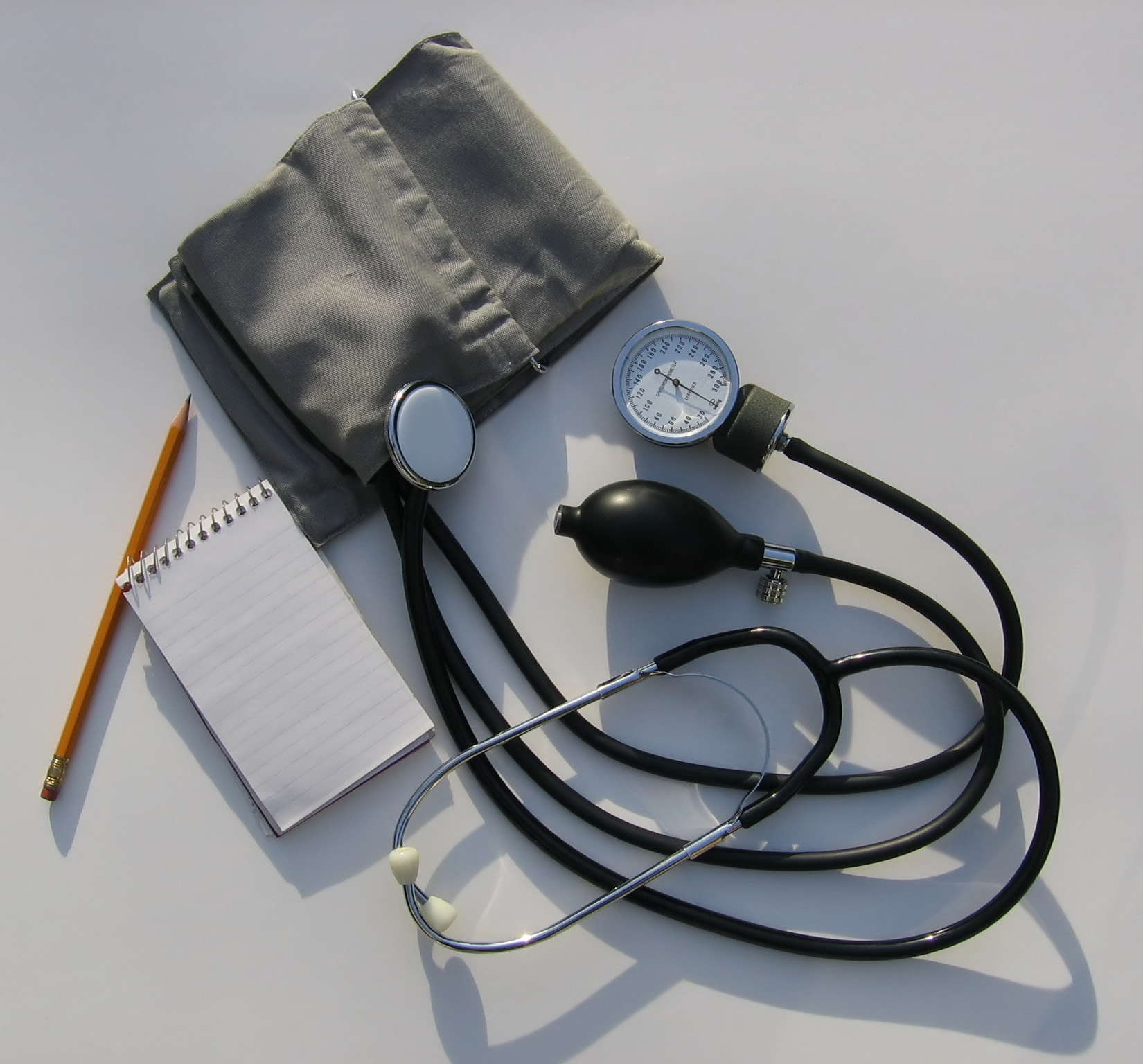TUESDAY, Nov. 1, 2016 (HealthDay News) — People in poor neighborhoods have a higher stroke risk than those in wealthier ones, regardless of race or gender, new research suggests.
The study included nearly 25,000 Americans, average age 65, with no history of stroke. During an average follow-up of seven and a half years, 929 of them had a stroke.
Women and men of all races in the poorest neighborhoods were more likely to suffer a stroke than those in the richer neighborhoods. This held true even after the researchers adjusted for other factors such as age, race, sex and region of the country.
One possible reason is that people in poor neighborhoods are more likely to smoke than those in richer areas. They also have higher rates of high blood pressure and diabetes, which are linked to stroke, according to the researchers at the University of Alabama at Birmingham (UAB).
“Many social and behavioral risk factors, such as smoking and physical inactivity, are more prevalent in the less advantaged neighborhoods,” said study author Virginia Howard. She’s a professor of epidemiology in the School of Public Health at UAB.
Although the researchers can’t prove a direct cause-and-effect relationship, Howard said the results are consistent with other evidence “showing that factors associated with living in more disadvantaged neighborhoods contribute to stroke risk.”
However, it’s difficult to separate the influence of neighborhood characteristics from characteristics of the individuals living in the neighborhood, Howard said in a university news release.
“Greater attention needs to be paid to risk-factor management strategies in disadvantaged neighborhoods,” Howard concluded.
The study was published online recently in the journal Neurology.
More information
The U.S. National Institute of Stroke and Neurological Disorders explains how to prevent stroke.
Copyright © 2025 HealthDay. All rights reserved.

